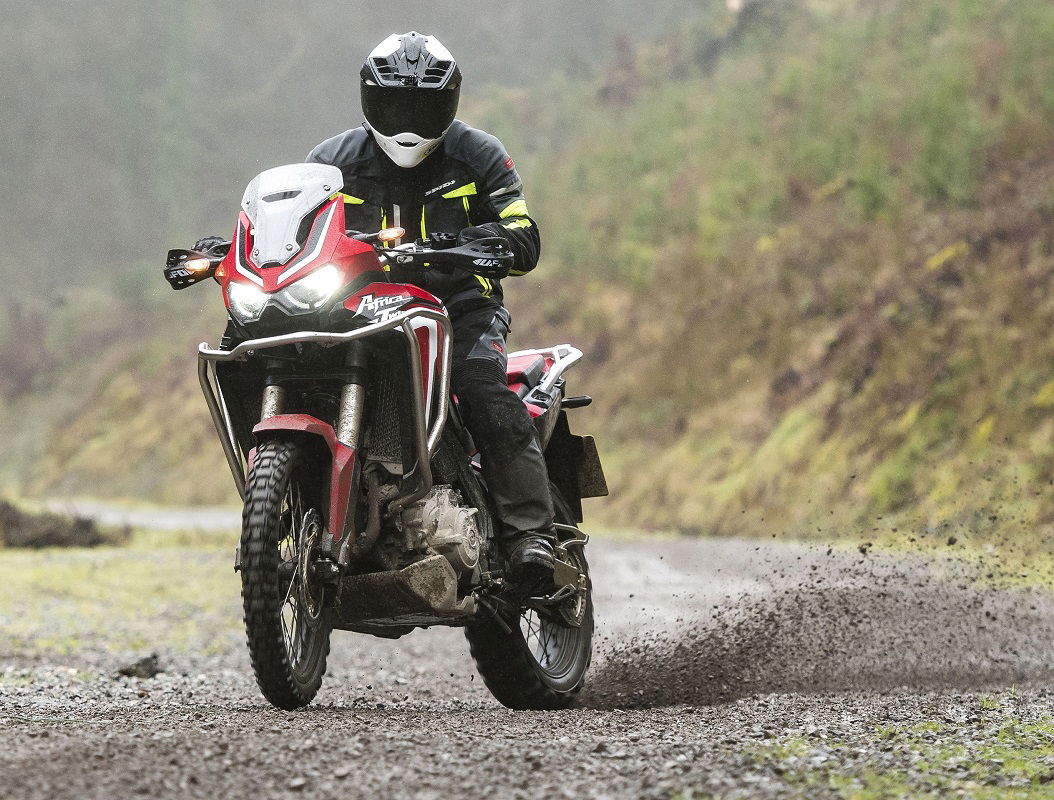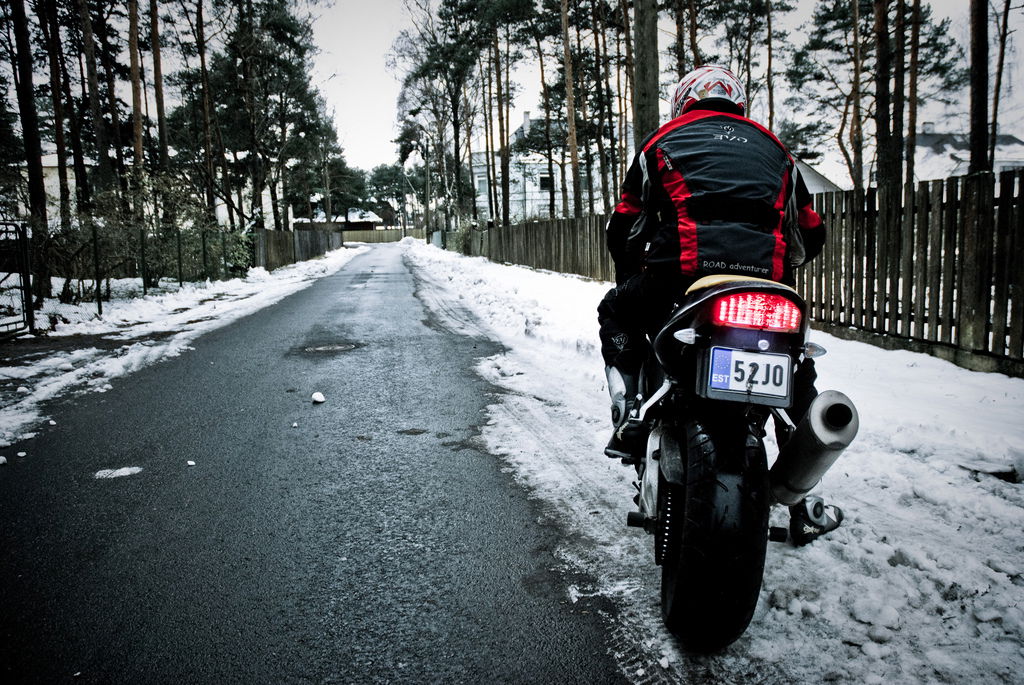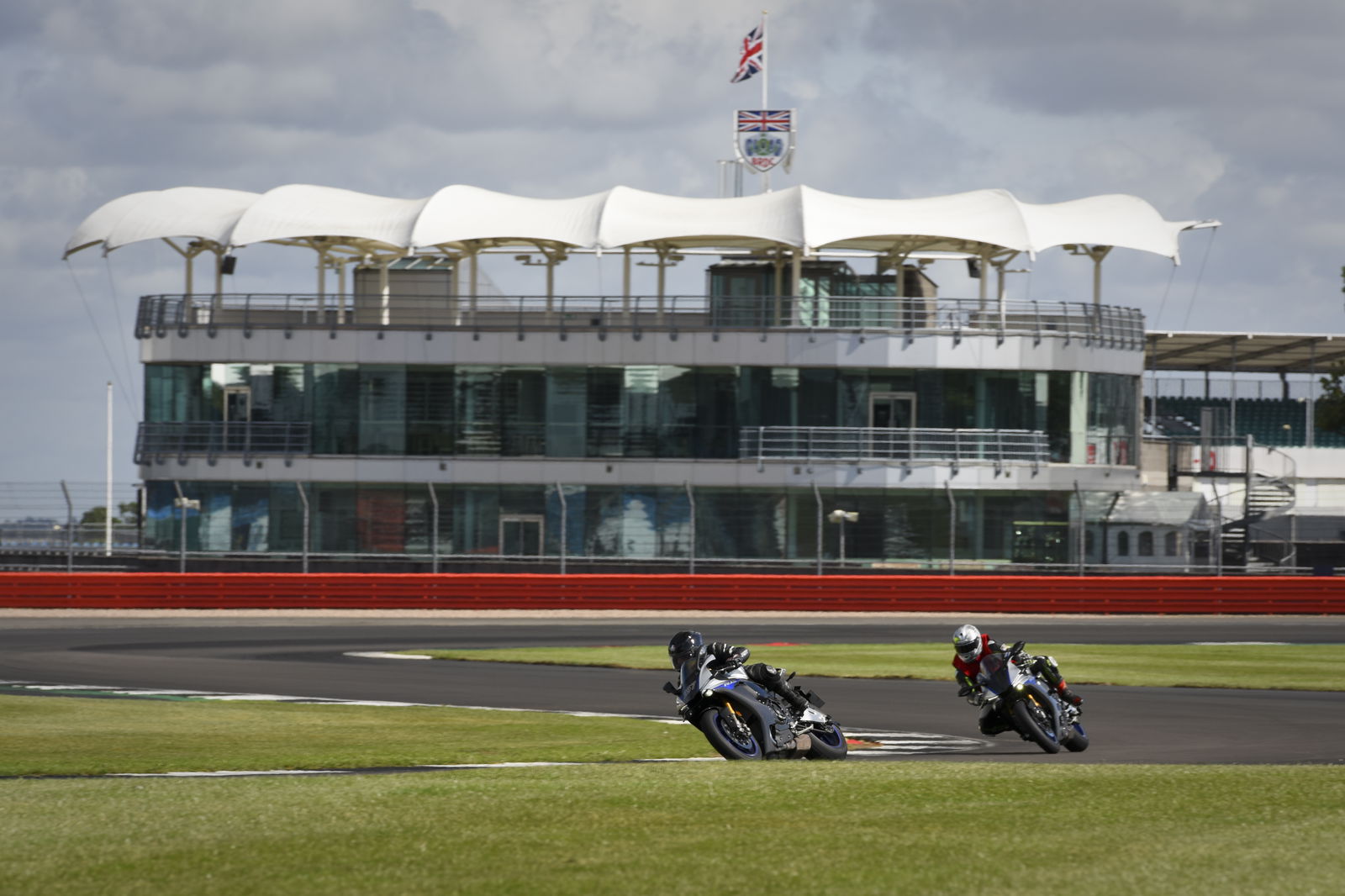The worst adventure motorcycle mistakes and how to avoid them
The adventure motorcycle market is one of the biggest in the UK for new bike sales. But do you know the most common mistakes off-road riders make? Here’s how to avoid them

AN adventure motorcycle is a big, burly and attractive beast. The prospect of taking to the trails and going off-grid for a weekend is a very alluring one indeed.
But if you’ve just ditched the one-piece leathers in favour of some textiles and want to head into the forest, the best thing you can invest in is some training. If you can’t, won’t or don’t want to do that, here are the most common adventure riding mistakes and how to avoid them.
.jpg?width=1600)
How do I stay loose on an adventure motorcycle?
Tensing up while riding a bike off-road is all too easy to do. The problem is, adventure bikes are complex bits of kit, with millions of dollars of development that go into each one. Every component is designed to allow the bike to travel in the direction it needs to go. Slapping a human on top that’s as rigid as an ironing board is going to prevent the rake, trail, and suspension from working as they should.
Keep your legs bent slightly, with your knees moved away from the sides of the seat to allow for forward, lateral and vertical body movement. Try and keep your elbows slightly bent too, if your arms are stiff the bike won’t be able to track over obstacles in the road like it’s designed to.
Now let’s focus on your grip on the bars. You should only be gripping the bars with the thumb meeting your ring finger. Your first and second finger should be laying over the brake and clutch, ready to be called into use.
How should I pack for a motorcycle adventure?
Lightly! The main mistake is that people think they need to take everything with them, when in fact all your doing is adding weight to the bike. That’s bad for fuel economy and even worse if you drop it and need to pick it up.
If your adventure is only lasting a day or so you’ll need a basic tool kit, first-aid set, puncture repair kit and something to keep you warm and dry. That’s the basics, any food, water and camping equipment should be added on top of this.

Where should I be looking when riding off-road on a motorcycle?
It’s common for new riders to stare intently at the front wheel of the bike when riding off-road. The trouble is if you see something two feet in front of your wheel – it’s already too late. You’re definitely going to hit it and you can do nothing about it.
The best thing to do is look up as far down the trail as you can. Doing this not only allows you to spot obstacles but it’ll also helps you to ride quicker. Looking at the front wheel focuses your eyes on a very small area of the trail. In this situation, your inbuilt safety compass will only allow you to ride up to a certain speed. Raising up your eye-line and focussing ahead will allow your brain to let you press on more quickly - with added safety too from your increased hazard detection.
_0.JPG?width=1600)
Should I sit or stand when riding an adventure motorcycle?
When the going gets tough newer riders will almost always take a seat and try to paddle through obstacles. The trouble is that sitting on the seat actually increases your centre of gravity. When standing on the pegs, your CoG is nearer the foot-pegs, sitting on the seat brings the CoG nearer to the seat.
You also have less that you can do with your body when sat down, moving forward, backward and side to side becomes much less effective.
.jpg?width=1600)
When I need to sit down, how should I do it?
The only time to take a seat is when you’re on long smooth sections, with good visibility and no obstructions. It can be good to take a seat on a long ride as this helps conserve energy, saving some for the trickier sections.
One mistake people make is to sit too far back on the bike, stretching their arms out in front of them in the process. With your arms outstretched they don’t move as freely as they do when you have a slight bend at the elbow. Hit a rock or small log like this and the only place you’re going is down!
.jpg?width=1600)
Should I deflate my tyres for riding off-road?
No, there’s too much weight in a big adventure motorcycle. It works for light trials bikes and some enduro motorcycles but for a 220kg plus adv machine it could be a bad idea. Damage to the rims is the first risk, the second is the increased chances of getting a pinch flat or even pulling the tyre off the rim. On some occasions, releasing some pressure to get out of a sticky spot can be a good thing, deep sand or clay mud for instance, but once clear you should get the tyres back up to pressure. Likewise, an over-inflated front will tend to bounce off rocky trails and deflect the front end one way and another more quickly than a properly inflated tyre. All that makes the bike harder to control.
_3.jpg?width=1600)
Should I use the front brake off-road?
Some novice adventure motorcycle riders like to completely avoid the front brake, opting for the rear only. The trouble is, the rear brake is only good for slowing the bike, not stopping in an emergency. For that, only the front will do but it needs to be used with caution. Braking in a straight line with decent ABS and tyres should be fine on anything other than loose gravel, mud or wet grass. In any of those situations, you should have already noticed the danger and reduced your speed accordingly.
Yamaha Tenere 700 World Raid Edition | Adventure motorcycle review
Read also, Yamaha Tenere 700 World Raid review


